5 Problems With One Step Sparring
In the last post, I discussed three great reasons for one-step sparring. As noted in that post, this topic has been debated. While there are benefits to one-step sparring, some have argued that this training method has downsides. In this post, I will explore the problems associated with one-step sparring.
(1) Prearranged movement is not the same as chaos: Regardless of style, many one-step attacks consist of prearranged attacks and counter-attacks. The punch is often aimed at a prearranged target (for example, a high punch aimed at the head). Meanwhile, the defender executes prearranged, prescribed defensive techniques.
While this learning tool has its place, it does not match the chaos of a self-defence situation.
If you are not able to view this video, click here.
(2) The timing and rhythm differ from a self-defence situation: Going back to the above video, the one-step method is very metronomic. The timing and rhythm are usually pretty predictable. Punch, block, execute the technique, and then reset. The timing and rhythm vary greatly in free sparring or a real-life situation. Sucker punches and multiple combinations are standard in street altercations. The one-step method does not replicate what may happen in a self-defence situation.
(3) Predictable attacks: the attacks are predictable because every attack originates before the defender. Some instructors may have varied this to include one-step attacks from the side or a 45-degree angle. However, I don’t recall seeing anyone teaching this. In a real-life situation, attacks may come from any direction and angle. Someone may be behind you, at your side, or a 45-degree angle relative to you.
(4) Artificial: the attacks are artificial in the sense that they are unrealistic. Few will attack you like the attacker in the above video. One-step sparring contains one HUGE assumption. It assumes that you, as the defender, will see an attack every time. In addition, there is an attack and defence. Then there is a reset.
Um, no.
Look at the punk in the video below engaging in the “knockout game” fad.
You must ask yourself: does the one-step method realistically prepare anyone for a possible street attack? Most attacks will not be as obvious as the dojo one-step sparring.
If you are not able to view this video, click here.
And finally,
(5) One-step: The biggest issue I have with this method is that there is only one attack. Once the attacker completes the attack, that’s it. Go to the first video in this post. After the attacker performs his technique, what happens? His punch hangs in the air, and his left hand stays by his hip. Everything changes if the attacker counters the defender’s technique.

(in annoying Joe Pesci voice) “Okay, okay, okay but you said in the last post that the one-step method is appropriate for beginners and advanced players alike. Don’t they have to start somewhere?”
Well, yes. However, schools still use this as a primary tool for advanced training. Pull up videos on YouTube where you can see 4th, 5th, and 6th dans performing one-step techniques as part of their grading. Shockingly, the attacker invariably leaves their punching hand in the air, and the non-punching stuck at their left hip.
Really? Come on, now.
Are these students prepared for that dreaded moment? Not likely. This is a huge problem with one step sparring.
As I said in the last post, the one-step method is suitable for beginners and advanced students alike.
One-step sparring is a beneficial introduction for beginners to the fundamentals of the art they are studying. I would argue that it’s also important to incorporate other training methods.
For example, after teaching the basic block, check, and counter drill, I often teach the slap off/pull off drill as an introduction to the concept of “counter for counter” so common in Filipino martial arts, as illustrated in the video below.
If you are not able to view this video, click here.
In summary, while the one-step method has its place, and I use it quite often with my students, I also recognize that there are shortcomings associated with this training method.
Therefore, I often use flow drills and variations of flow drills. I will often teach counters and re-counters within a flow drill. I will then tell the students to act unpredictably within the flow drills and force their partners to utilize the counters I taught. Fun stuff! If students do not have the requisite basics to do the flow drills, they will practice the basics with the one-step method until they are ready.
Over to you, I would like to hear your thoughts on problems with one-step sparring! Let’s hear from you in the comment section!
Additional Reading
- 3 Great Reasons For One Step Sparring
- Sparring or Free Play?
- 4 Reasons for Teaching Beginners
- Flow Drills vs. Techniques
- The Downside of “Going With The Flow”
Share this post:
- Click to share on Twitter (Opens in new window)
- Click to share on Facebook (Opens in new window)
- Click to share on LinkedIn (Opens in new window)
- Click to share on Threads (Opens in new window)
- Click to share on WhatsApp (Opens in new window)
- Click to email a link to a friend (Opens in new window)
- Click to share on Pinterest (Opens in new window)
Related
Tags In
Brian Johns
Related Posts
7 Comments
Leave a ReplyCancel reply
Categories
- Arnis/Kali/Eskrima (136)
- Book Review (8)
- DVD Reviews (3)
- Guest Post (4)
- Inspiration (24)
- Martial Arts (112)
- My story (96)
- Safety (15)
- Tips & tricks (6)
- Uncategorized (3)
- YouTube Videos (8)
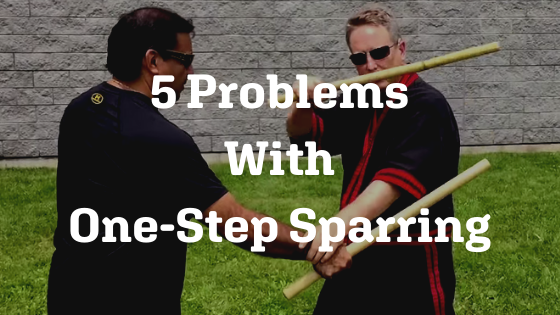
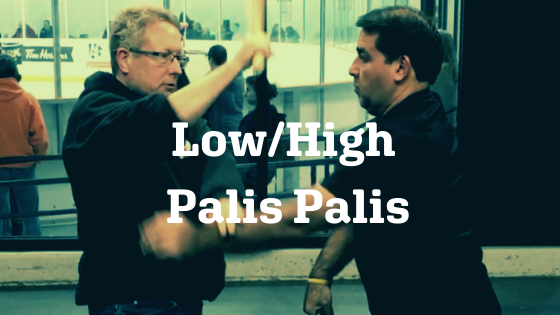

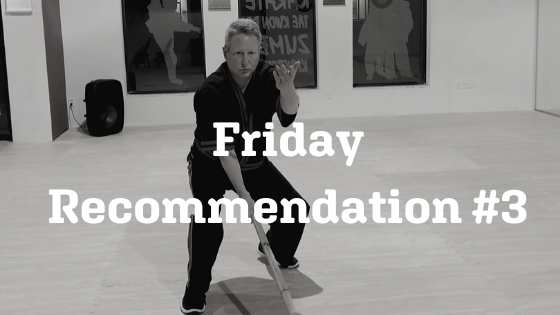
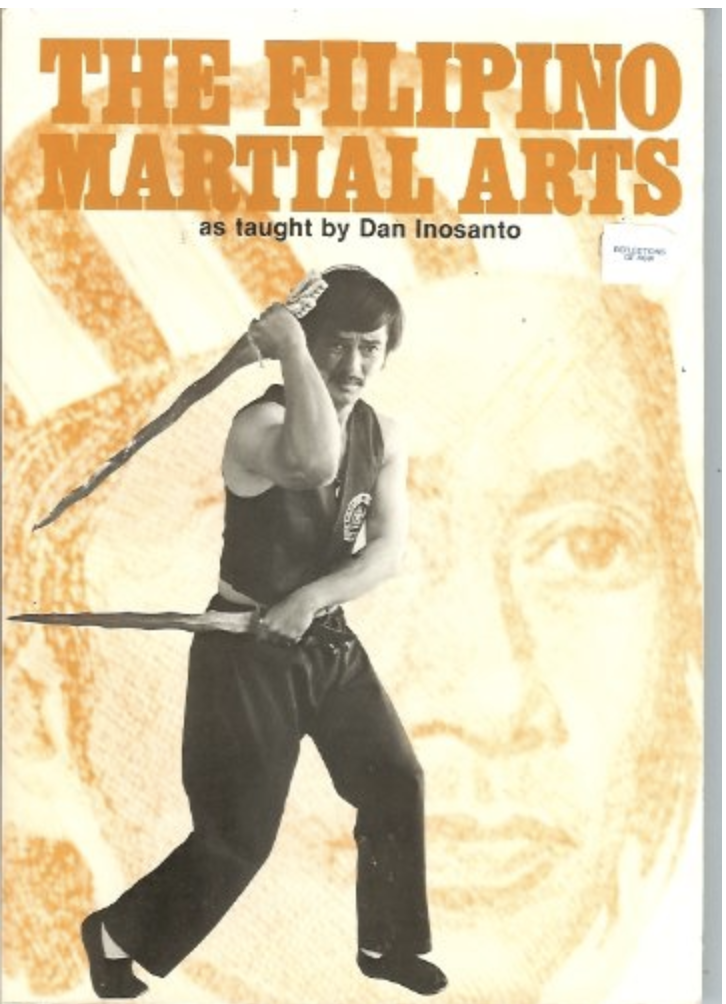

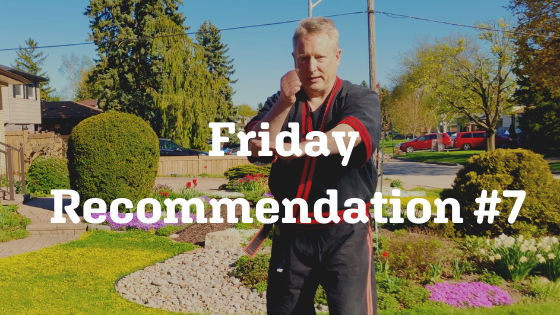
[…] other words, I was utilizing the one-step method of teaching. However, as you might imagine, there are downsides to this teaching methodology given […]
[…] place, there are limitations to this method. The most severe limitation, in my opinion, is that the one-step method does not develop the flow. If students stop and reset for every repetition of a technique, they […]
[…] opinion is that practicing techniques ad infinitum does not necessarily lead to self-defence proficiency. I believe that flow drills do a better job […]
[…] other words, I was utilizing the one-step method of teaching. However, as you might imagine, there are downsides to this teaching methodology, given […]
[…] majority of my students are over 50 years old, and, as such, many prefer free play rather than the traditional sparring favoured by many. Some are still working, some are semi-retired, and some are retired. I think […]
[…] 5 Problems With One Step Sparring […]
[…] 5 Problems With One Step Sparring […]